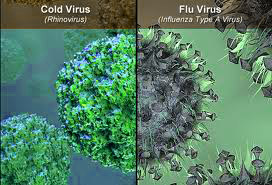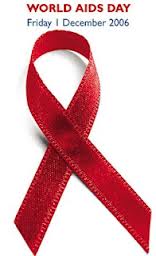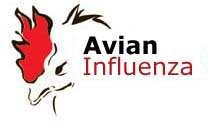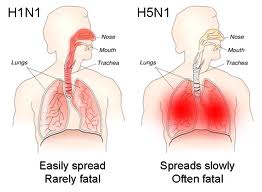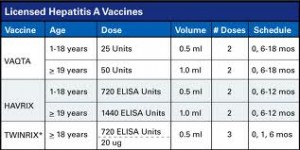The FDA has expressed some concerns about the self-medicating with acetaminophen as this can led to an acetaminophen overdose. The over-the-counter medication is commonly used and especially in the winter season many sufferers of colds or influenzas will keep it handy. It is readily available, not only in pharmacies but also in supermarkets under the generic name or under brand names such as the commonly used Tylenol. It exists in dosages for adults and there are pediatric preparations like Children’s Tylenol. Acetaminophen is also a common ingredient in cold remedies. Every vial displays a clear warning that the content is enough to cause serious harm. Dosage instructions are also clearly spelled out.
More than 200 million people take Tylenol each year and 400 people die of liver failure every year, as they have accidentally taken too much.
Dr. Charles Cain from the New York Presbyterian Hospital has cautioned that overdoses can happen relatively easy. A patient is not to exceed 4 grams of acetaminophen per day. If the pain reliever is taken every 4 hours instead of the recommended interval of 6 hours, such as 2 extra-strength Tylenol at 500 mg each and some cold medication is added to that, patients may easily reach 4-6 grams of acetaminophen per day. If this practice continues for a few days, it can lead to liver damage, because the liver cannot keep up with the elimination of the drug. Other substances metabolized by the liver such as alcohol can become a serious hazard, if they are combined with acetaminophen. The effects of alcohol slow down the elimination of Tylenol by the liver.
It is for this reason that it is important to observe closely how much of the medication is taken in total: if a patient is already taking Tylenol for headaches, more acetaminophen (Tylenol) in the form of an over-the-counter cold medication should not be added as would be reached.
These medications have to be used with an eye to overall daily use and the amount used over a period of time. Used with care acetaminophen remains very safe.
Reference: December 20, 2006 online issue of Time
Last edited December 5, 2012


